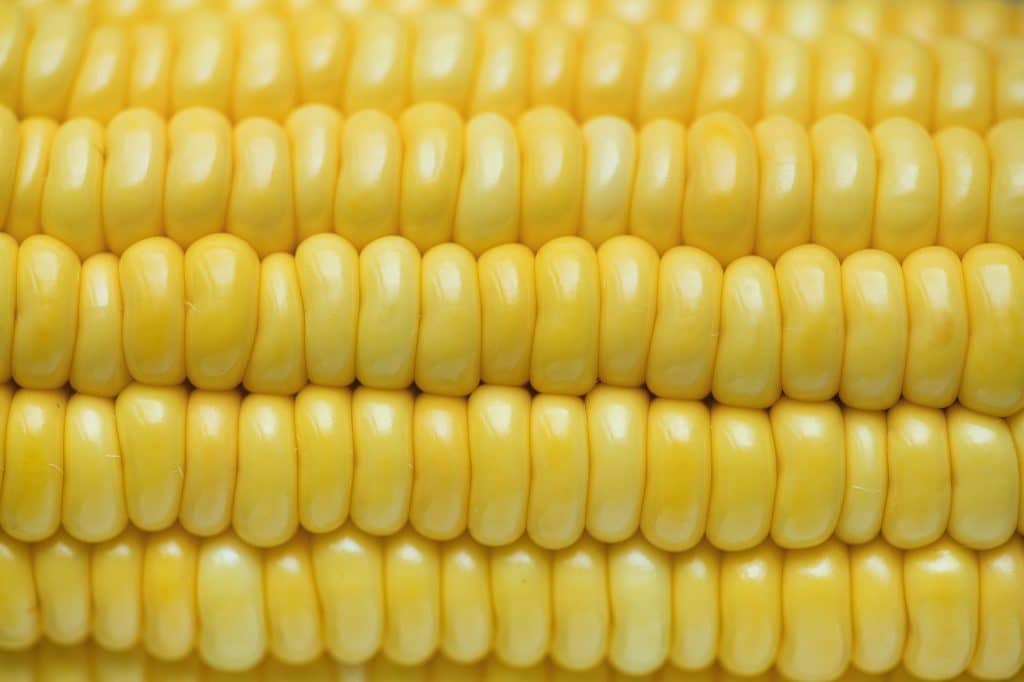Porto Alegre, May 24, 2021 – The strong detachment of prices in the domestic market in relation to port levels, on the eve of the beginning of the harvest of the 2021 second crop, establishes an internal trading relationship that is quite different from normal. Trading companies are selling corn in the domestic market instead of exporting. This movement has supplied part of the Brazilian consumer market for June and early July, in some cases until August. However, the moment may be only temporary, thereby readjusting domestic prices, which were quite high. The losses of the second crop are more than obvious, they are significant. Exportation is the point that may lead to a smaller supply for the domestic market in the second semester or larger carryover stocks. At the moment, the market seems to be trying to align domestic prices with the port by reducing the spread registered in the first half of the year.
Brazilian export prices ended the week between BRL 85/87 for shipment in August and September. The domestic market hit BRL 105/106/107 CIF for places such as Santa Catarina, Paraná, and São Paulo. With the CBOT lows, trading companies, which were already selling lots for deliveries in July to September to big domestic consumers, accelerated these sales to a good part of buyers in some regions of the country. Even Paraguay, which had been restricting sales, returned to the market and dropped CIF prices to Santa Catarina from USD 315 to 300 a ton.
Basically, the export market noted that it is better to sell in the domestic market than export. We believe that between 800 thousand and one million tons were sold in May by trading companies to domestic industries. In comparison to what is exported annually, the volume seems low. However, that withdrew some major buyers from the market for June and July. At the same time, some cooperatives and resellers began to have more over-the-counter business and growing selling interest. Prices then dropped as quickly as they had risen out of panic.
Now, the market tries to adjust to these new CIF prices of BRL 95/98 in consumer markets with port prices for the second crop. In this interval, we have the environment of the second crop losses and the entire definition of the US crop. The first point in this process is the start of export commitments. Indeed, 800 thousand to one million tons will barely change the direction of exports this year. The domestic market needs to work harder and will try to leave domestic prices still above port levels. What is the risk? The pressure on prices may be exaggerated, exports may go on normally, and corn problems may appear after the harvest of the second crop.
We must understand that the greatest volume of Brazilian exports is carried out by Mato Grosso, Goiás, and Mato Grosso do Sul. The regions in which corn crops are in better conditions are precisely the west, north and northeast of Mato Grosso. A large part of the production in this region is transported through the ports of the North. If logistics allow it, good volumes may be diverted to ports such as Santos and Paranaguá. So, it is too early to say that the selling movement of trading companies to the domestic market is a point of cut in the flow of compliance with export business.
The item that really imposes a strong new reality on exports is the fulfillment of the second crop contracts. It is not just the question of lower prices negotiated in a market whose prices had surged after the making of barter contracts and export business. This is the result of effective production losses, with most growing regions having losses of 50 to 100% in Brazil’s Center-South, except for the aforementioned regions in Mato Grosso and far western Paraná. In the central strip between the border with Paraguay and Minas Gerais, the second crop situation is very serious. Even with rain now, the losses will not be corrected. Even the earliest crops, planted in late January and February, have clear losses caused by poor pollination and little rainfall.
Thus, it becomes difficult to believe in an extreme rearrangement of domestic prices, and we find it dangerous and delicate for Brazilian supply to drive domestic prices towards export parity levels now. The premiums for Brazilian corn are record-breaking at the moment. Some rebalancing between relative prices is important. However, to believe that the second crop losses are an optical illusion and that this will not affect future supply is to repeat the assessment error of this first half of 2021. At the end of 2020, market sources believed that supply would resurface in January, later in March, and finally spread the idea that the crop from Minas Gerais would supply the entire Southeast region. All that has passed, and prices set record highs. Now, the same sources believe that until July supply will be enough for everyone and ignore the production losses of the second crop. If there is a setback for new price highs, that should not be considered a surprise.
Agência SAFRAS Latam
Copyright 2021 – Grupo CMA

